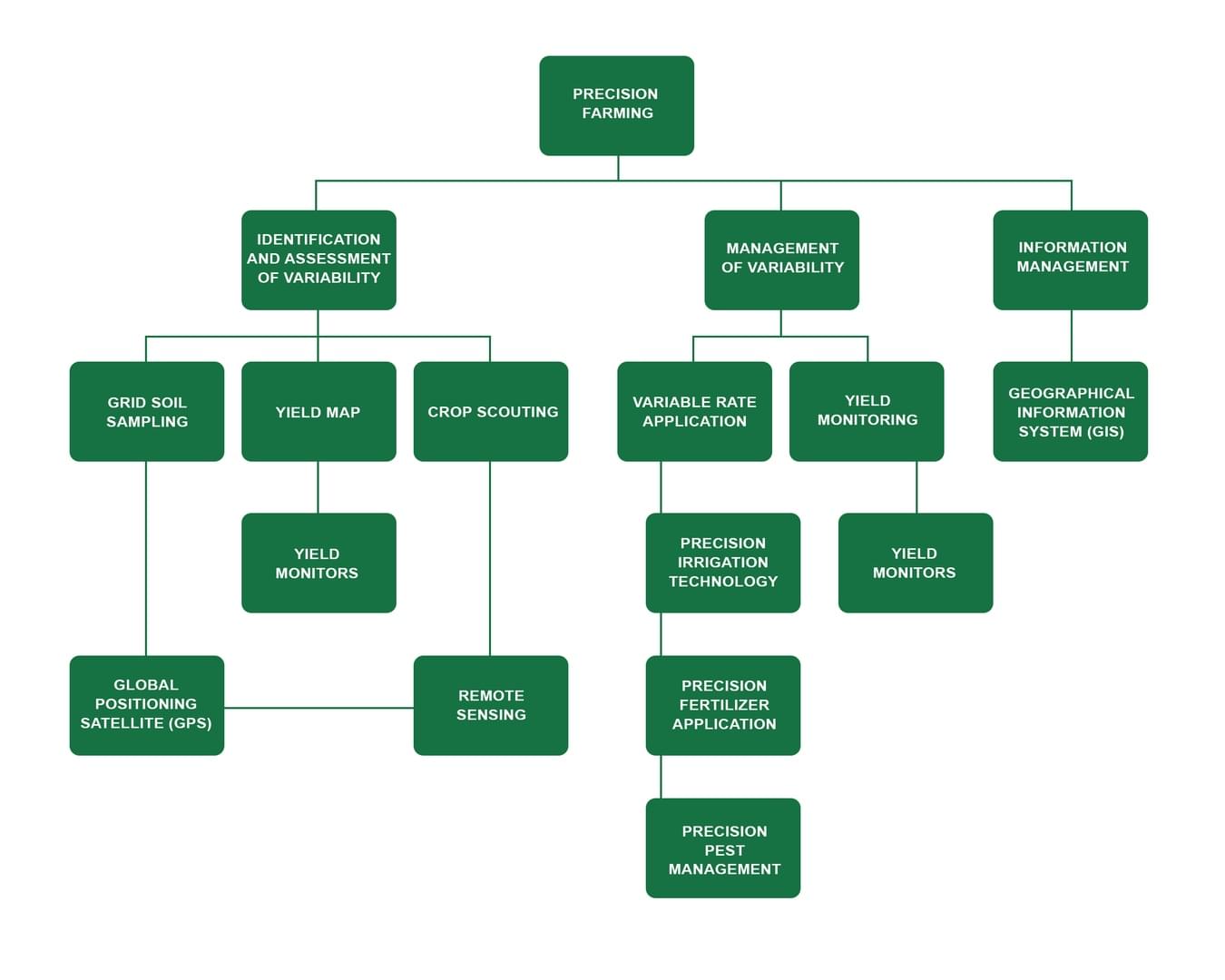CLIMATE ACTION CLINIC
1. Identifying variations across the farm plot
2. Managing variations across the farm plot
Variable Rate Application
This method helps you apply varying rates of inputs in appropriate sections of your farm plot. It would improve your efficiency in application of inputs (fertilizer, water, bio-control agents), and reduce costs. For example, you can apply less water in damp patches of soil.
Yield Monitoring
Mapping the yield patterns along with soil, landscape and environmental patterns would help you determine whether the management of inputs (fertilizer, water, bio-control agents), and techniques adopted are correct or any changes are required.
